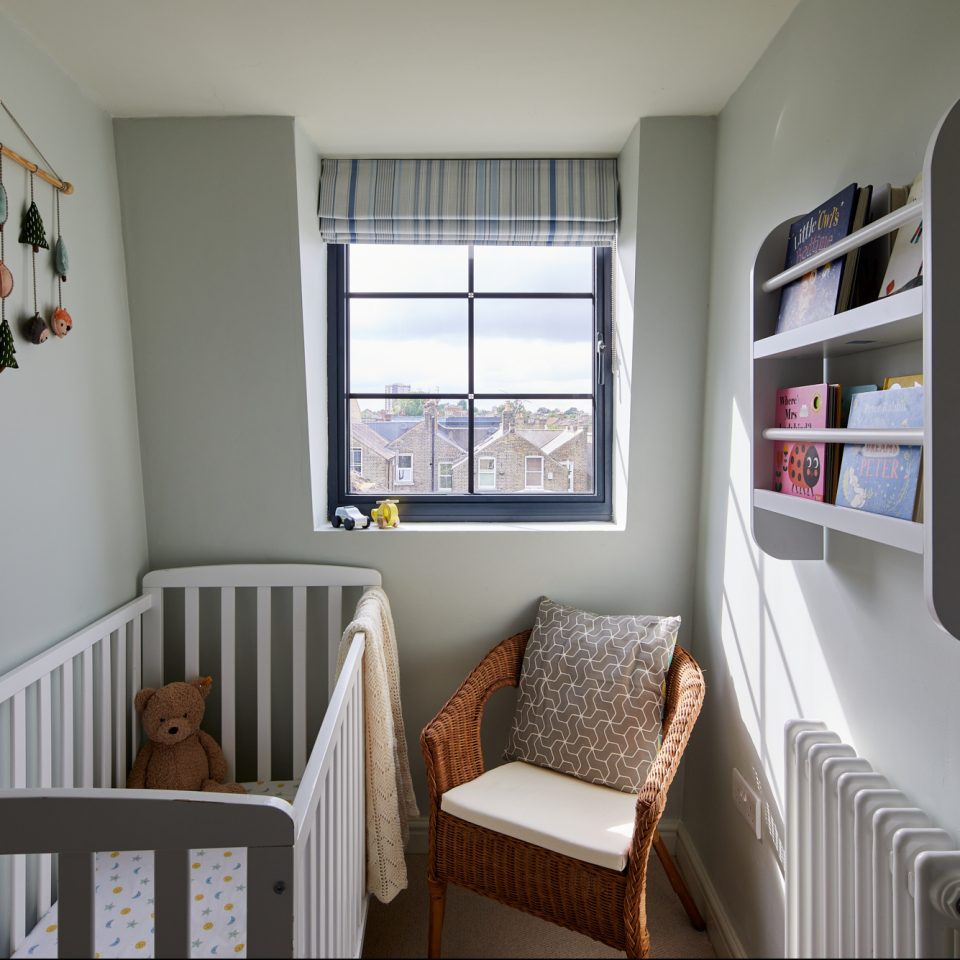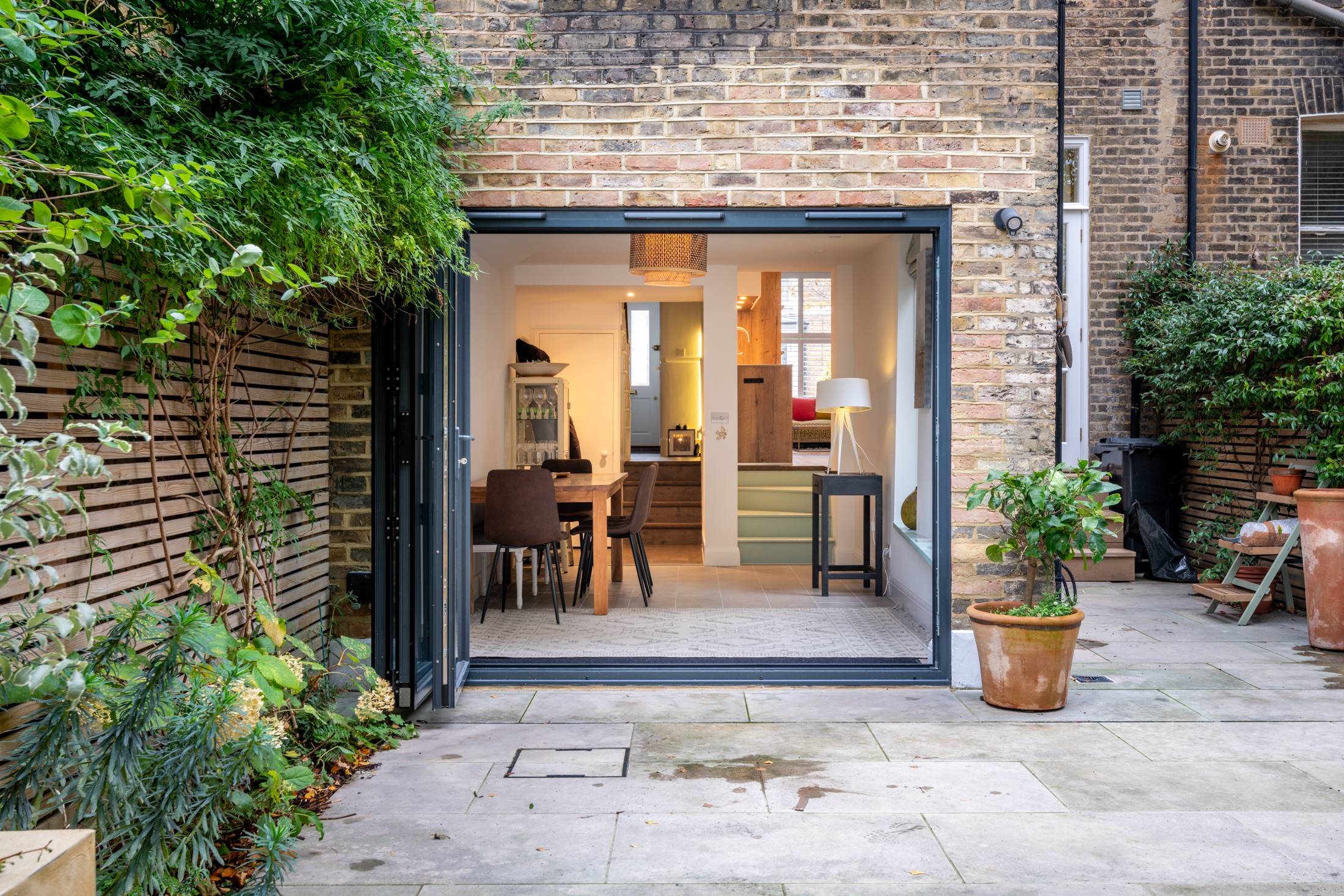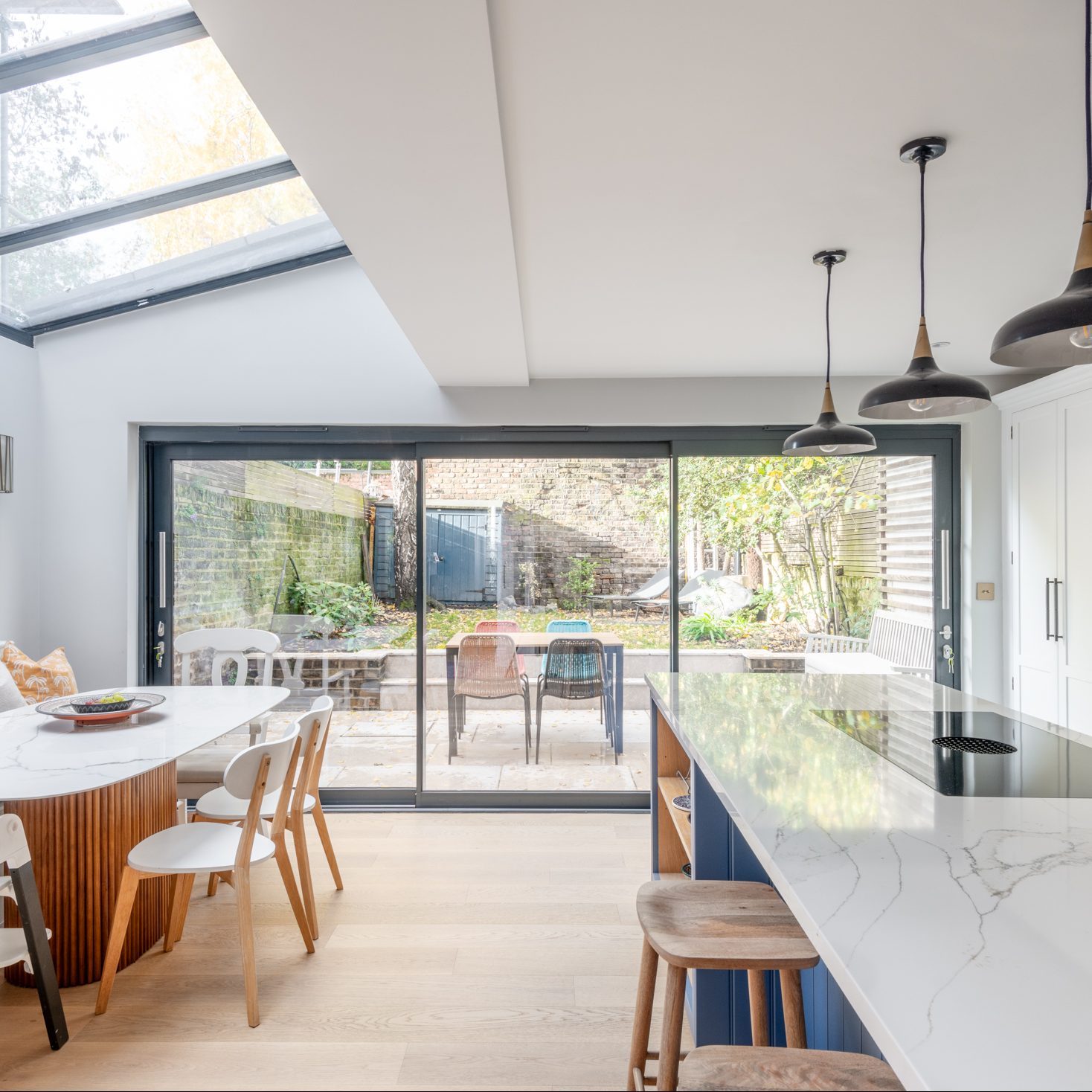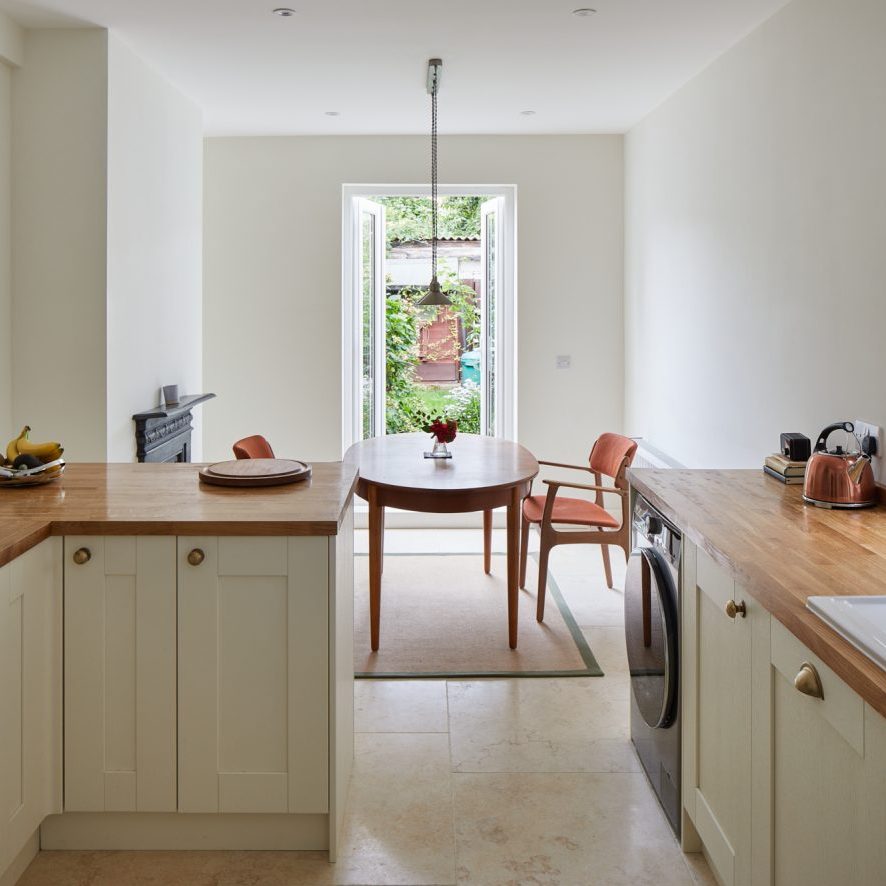The Financial Blueprint of Successful Extensions

By Harry Molyneux, Director at My-architect, London
Investing in a home extension is akin to undertaking a significant financial journey. Just as any seasoned traveller wouldn’t embark on an expedition without a well-thought-out map, homeowners shouldn’t begin extension projects without a comprehensive financial blueprint. With the high-end nature of our clientele at My-architect, who often invest upwards of £100k in their homes, understanding the fiscal terrain becomes even more paramount. This article outlines the financial scaffolding you need to have in place to ensure your home extension or renovation project is not just successful but also stress-free.
Beginning with the End in Mind
When dreaming of a sophisticated home extension or loft conversion, one must start by calculating costs. This phase determines how expansive your vision can be and the quality of materials and craftsmanship you can afford. Initial budgets can offer a glimpse into the scale of your dream project. For a clearer understanding, delve into each component, from structural changes to the final finishes, to ascertain where funds will be allocated.
Harnessing the Power of a Cost Calculator
Nowadays, with the plethora of digital tools available, cost calculators have become indispensable for homeowners. They serve as an initial compass, providing a broad estimate of home extension costs, home renovation costs, and loft conversion costs. By plugging in a few specifications, homeowners can obtain a ballpark figure. This estimate aids in setting realistic expectations and gauging the feasibility of the project. However, use this tool as a starting point, and always consult professionals for a more granular budget breakdown.
Demystifying Home Extension Costs
Often, the most significant chunk of your budget will be reserved for the home extension. But what does this entail? Here’s a concise breakdown:
- Foundational Work: Depending on the nature of the extension, foundational adjustments may be necessary, ranging from minor adjustments to more extensive foundational laying.
- Structural Modifications: Encompassing walls, support beams, ceilings, and potential alterations to the existing structure.
- External Features: This could include elements such as roofing, windows, and external cladding.
- Interiors & Finishes: The final touches that make the space liveable and aesthetically pleasing, from paintwork and flooring to lighting fixtures and fittings.
Setting Aside for the Unplanned
In the world of home extensions and renovations, unexpected challenges are par for the course. While no one likes financial surprises, especially in the midst of a project, they are occasionally inevitable. A contingency fund, typically 10-15% of your overall budget, can be a lifesaver. This reserve ensures any unforeseen issues are swiftly addressed without derailing the project’s progress.
In Summary
The journey of transforming your home, whether it’s through a loft conversion, an extension, or a complete renovation, can be as thrilling as it is daunting. The trick to ensuring the road is more exhilarating than it is stressful lies in meticulous financial planning. With a well-laid-out financial blueprint, you are not just equipped to navigate the intricate world of home extension costs but are also positioned to enjoy the process and the eventual outcome.
To those eager to take the plunge, remember, a thorough financial strategy is your most trusted ally in realising the home of your dreams.




